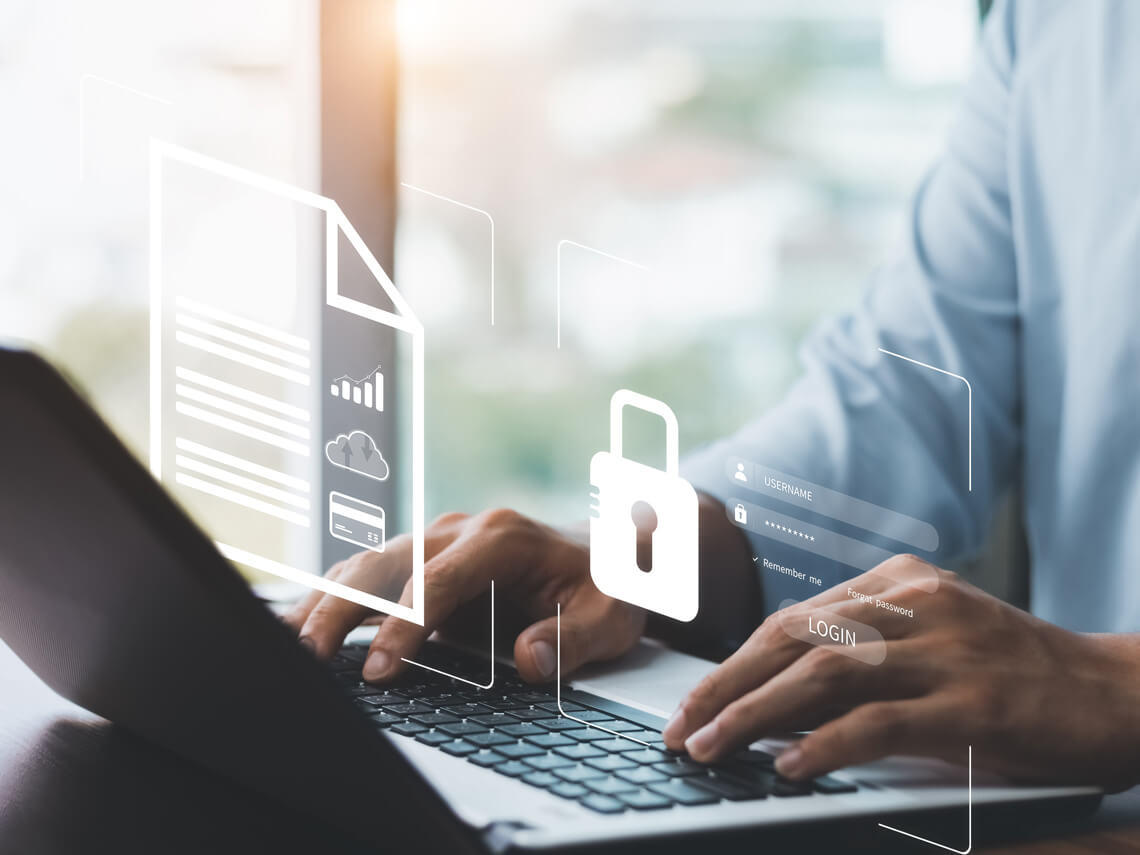In today’s digital age, businesses of all sizes rely heavily on technology to operate efficiently and serve their customers. While technology has revolutionized the way we do business, it has also opened up new avenues for cyber threats and attacks. Cybersecurity is no longer an option; it’s a critical necessity for every business.
Cybersecurity Practices to Consider for Business Safety
These are some cybersecurity practices that every business should consider implementing to protect their data, reputation, and bottom line.
1. Create a Robust Cybersecurity Policy
The foundation of any effective cybersecurity strategy is a comprehensive cybersecurity policy. This policy should clearly outline the company’s approach to cybersecurity, including the roles and responsibilities of employees, acceptable use of company resources, and procedures for reporting security incidents. Ensure that your policy is regularly reviewed and updated to adapt to evolving threats and technologies.
2. Educate and Train Employees
Human error remains one of the leading causes of security breaches. To mitigate this risk, invest in cybersecurity education and training for all employees. Teach them how to recognize phishing emails, use strong passwords, and follow security best practices. Regularly update employees on emerging threats and conduct simulated phishing exercises to test their vigilance.
3. Implement Strong Access Controls
Control who has access to your systems and data. Implement role-based access controls (RBAC) to ensure that employees only have access to the resources necessary for their jobs. Use strong, unique passwords and consider implementing multi-factor authentication (MFA) for an extra layer of security. Regularly review and revoke access for employees who no longer require it.
4. Regularly Update and Patch Software
Outdated software is a common entry point for cyberattacks. Ensure that all software, including operating systems, applications, and security software, is up to date with the latest security patches. Consider using automated patch management tools to streamline this process and reduce the risk of vulnerabilities.
5. Encrypt Data
Encryption is essential for protecting sensitive data both in transit and at rest. Use encryption protocols (e.g., SSL/TLS) for data transmitted over the internet and encrypt data stored on devices and servers. This ensures that even if an attacker gains access to your data, it remains unreadable without the encryption key.
6. Regularly Backup Data
Data loss can be devastating for a business. Regularly back up your critical data and systems to secure, offsite locations. Test your backups to ensure they can be successfully restored in the event of a disaster. Backup solutions should be automated and include versioning, so you can recover previous versions of files if needed.
7. Monitor and Detect Anomalies
Implement robust network and system monitoring to detect unusual or suspicious activities. Intrusion detection systems (IDS) and intrusion prevention systems (IPS) can help identify potential threats in real time. Additionally, consider implementing security information and event management (SIEM) tools to centralize log data and analyze it for signs of cyber threats.
8. Create an Incident Response Plan
Despite your best efforts, security incidents can still occur. Having a well-defined incident response plan is crucial for minimizing the impact of an incident and ensuring a swift recovery. The plan should include steps for identifying, containing, and mitigating the breach, as well as communication protocols for informing stakeholders and regulatory bodies if necessary.
9. Conduct Regular Security Audits and Assessments
Regular security audits and assessments can help you identify weaknesses in your cybersecurity posture before attackers do. Consider hiring third-party cybersecurity experts to conduct penetration testing, vulnerability assessments, and security audits. These assessments can provide valuable insights and recommendations for improving your security.
10. Stay Informed About Emerging Threats
The cybersecurity landscape is constantly evolving, with new threats emerging regularly. To stay ahead of potential risks, businesses must actively monitor cybersecurity news and trends. Join industry groups, subscribe to threat intelligence services, and participate in cybersecurity conferences and webinars. This proactive approach will help you adapt your security measures to address emerging threats effectively.
Cybersecurity is not a one-time effort; it’s an ongoing process that requires vigilance and adaptability. Implementing these essential cybersecurity practices can significantly enhance your business’s resilience against cyber threats. Remember that the cost of a cybersecurity breach can far outweigh the investment in preventive measures. By prioritizing cybersecurity, you protect your data, your reputation, and your bottom line, ultimately ensuring the long-term success of your business in today’s digital world.
Kobargo Is Your Source for Quality IT Services
From gaining access to expertise and resources to improving cost-effectiveness, security, flexibility, scalability, performance, and reliability, outsourcing IT services can be a smart choice for businesses that want to focus on their core competencies while leaving the management of IT infrastructure to the experts.
With nearly 50 years of experience working in technology, Kobargo is skilled in all matters of Information technology. If you’re interested in outsourcing your IT infrastructure, contact us today to learn how we can help.




